The future of pet food
Innovation, sustainability, and consumer trust
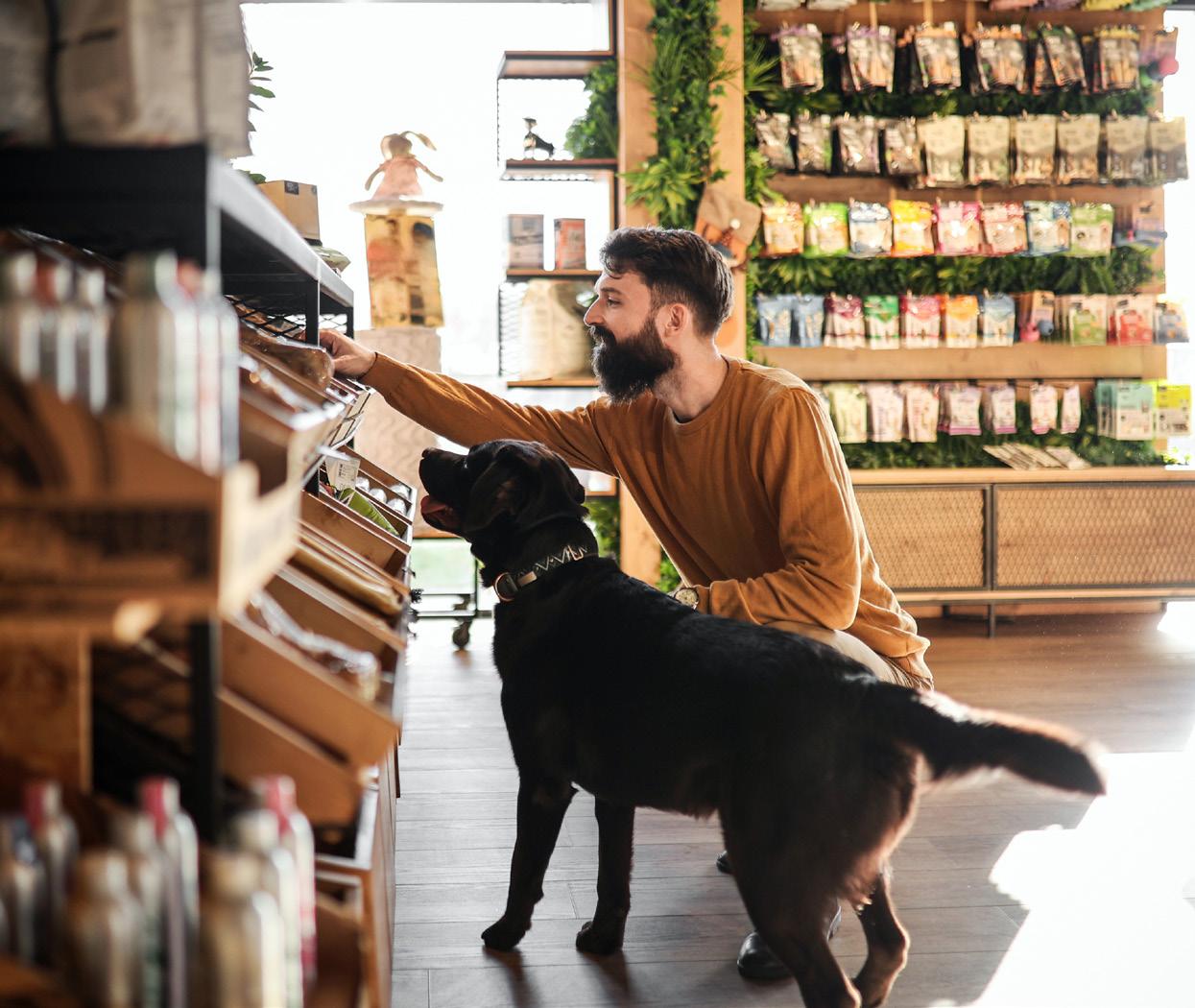

Pet
Pet food processing
Sustainable pet food
Pet food safety, regulations, and UPFs
The future of pet food
Pet Food Suppliers Hub x Fi Europe: Why visit?



Innovation, sustainability, and consumer trust


Pet
Pet food processing
Sustainable pet food
Pet food safety, regulations, and UPFs
The future of pet food
Pet Food Suppliers Hub x Fi Europe: Why visit?


There are almost 12 million pet dogs in the UK, while Germany and Spain boast 10.5 million and 9.5 million respectively. And there are even more cats than dogs to be found in homes across Europe – 108.3 million versus 89.6 million. Put those populations together with the number of birds (48.2 million), fish (17.6 million), small mammals (24.7 million) and other pets, from tortoises to snakes (10.7 million), and it is clear that consumers love animals and love pets.
This also makes for a European pet food market worth €29.3 billion, with food produced by more than 400 companies in 500-plus processing plants.
“Pet ownership continues to thrive across Europe,” said Rosa Carbonell, president of FEDIAF, which represents the interests of 15 European national pet food associations, together with five pet food manufacturers operating in Europe.
“The sector is evolving rapidly to meet the growing demand for high-quality, innovative, and tailored nutrition,” she added.
Indeed, west Europe is by far the top global pet food, treats, and supplements market for product launches:1 nearly two in five global new products were introduced in west Europe (38%), compared to Asia, east Europe, and North America, each accounting for 14% to 16% of total launches. Demands vary from owner to owner
and from pet to pet, so choice is key as interest in personalised pet nutrition grows.
“In 2025, we’re seeing pet food products that are more specialised, with a stronger focus on tailoring offerings to meet the unique needs of individual pets,” Lu Ann Williams, global insights director at Innova Market Insights, told Ingredients Network in April.2
Health and wellbeing is always a trend mentioned towards the top of the latest reports and research, with consumers not only focused on their own health but the wellbeing of their pets, too.
“Microbiome”, for instance, is the fastest-growing gut health claim in the global pet food market,3 indicating owners’ increasing awareness of its role in their pets’ health and digestion. Most pet food launches highlight immune health and protein claims.
“This shift will open up new opportunities for ingredient innovation,” Williams said.
With health and wellbeing of such importance, buyers are also looking closely at ingredients. Vegetables, fibre, and animal protein are in; preservatives, artificial ingredients, and sugar are out.
Quality is also important: consumers are looking for sustainably sourced ingredients, with some brands keen to leverage pet owners’ passion for nutrition to raise awareness of how regenerative approaches to farming (which is a massive movement among food and beverage manufacturers) can help restore soil health.
Owners not only want to know what is inside the food and how it can benefit their pets, but what the manufacturing process is and how this impacts the final product. This has stirred a heated debate about raw versus processed pet foods that shows no sign of simmering down.
Such demands, of course, come at a premium – yet this is a time of penny pinching as a cost-of-living crisis persists. Nearly 70% of dog owners globally are looking to cut back on buying toys and to save money on dog food, so they want to be certain that the claims being made – from safety and sustainability to packaging recyclability, nutritional benefits, and protein quality –all stack up. Otherwise, they are quite happy to switch brands.4
With all this in mind, it is no surprise that the theme of the FEDIAF annual congress this year was “promoting trust and transparency in the pet food sector”.
“Consumers today are not only interested in what goes into their pets’ food, but also how it is made,” explained Franco Garbelotto, public affairs and communications manager at FEDIAF. And the industry is “stepping up” to meet these demands, he added.
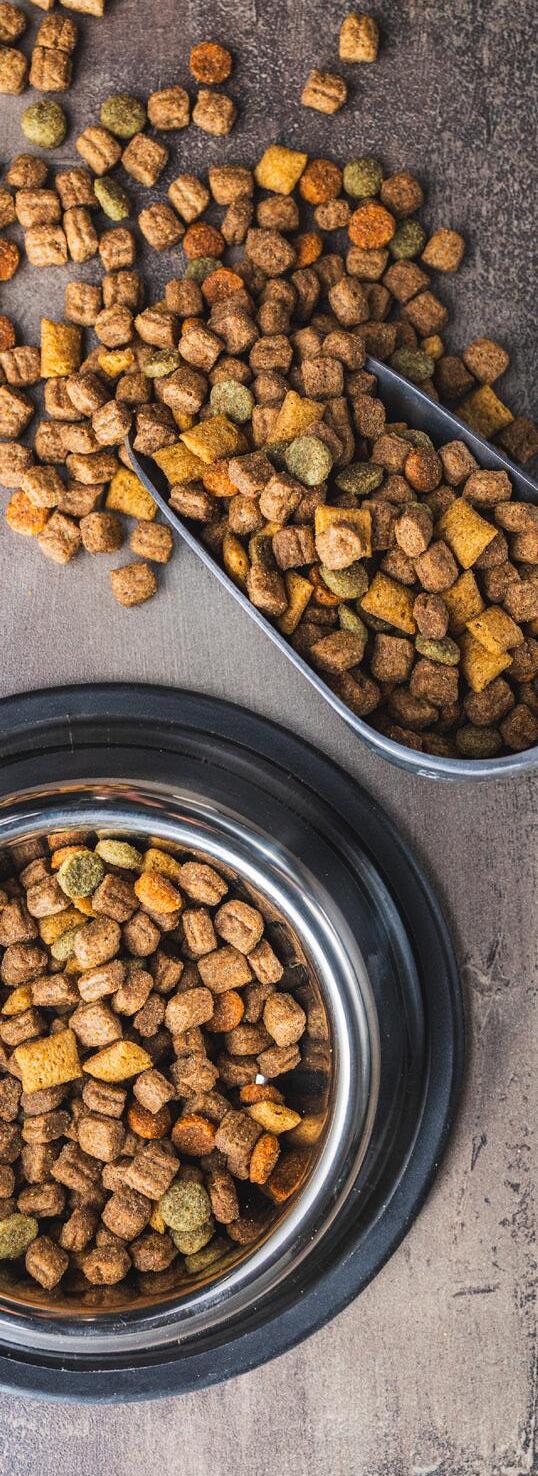


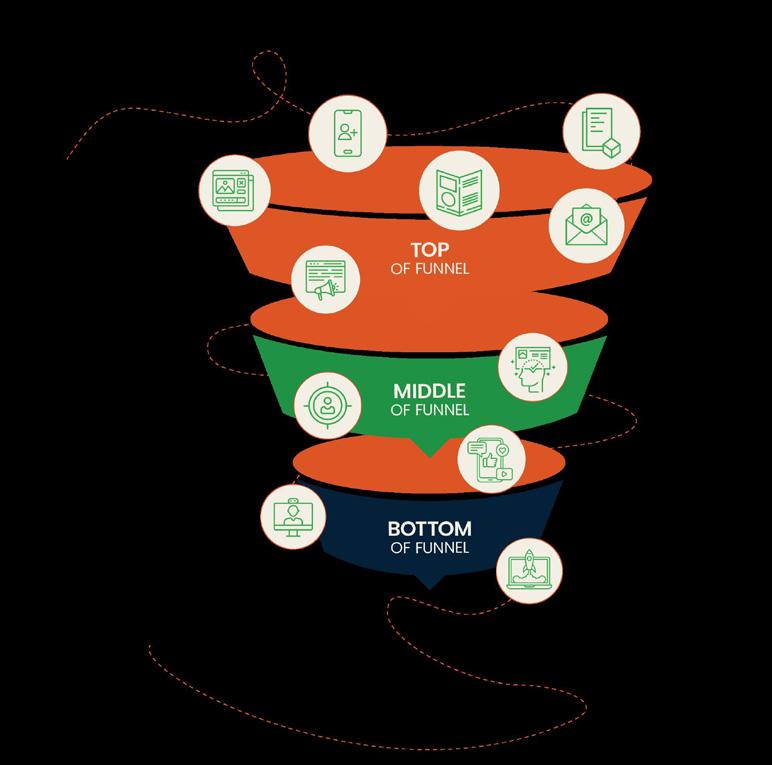
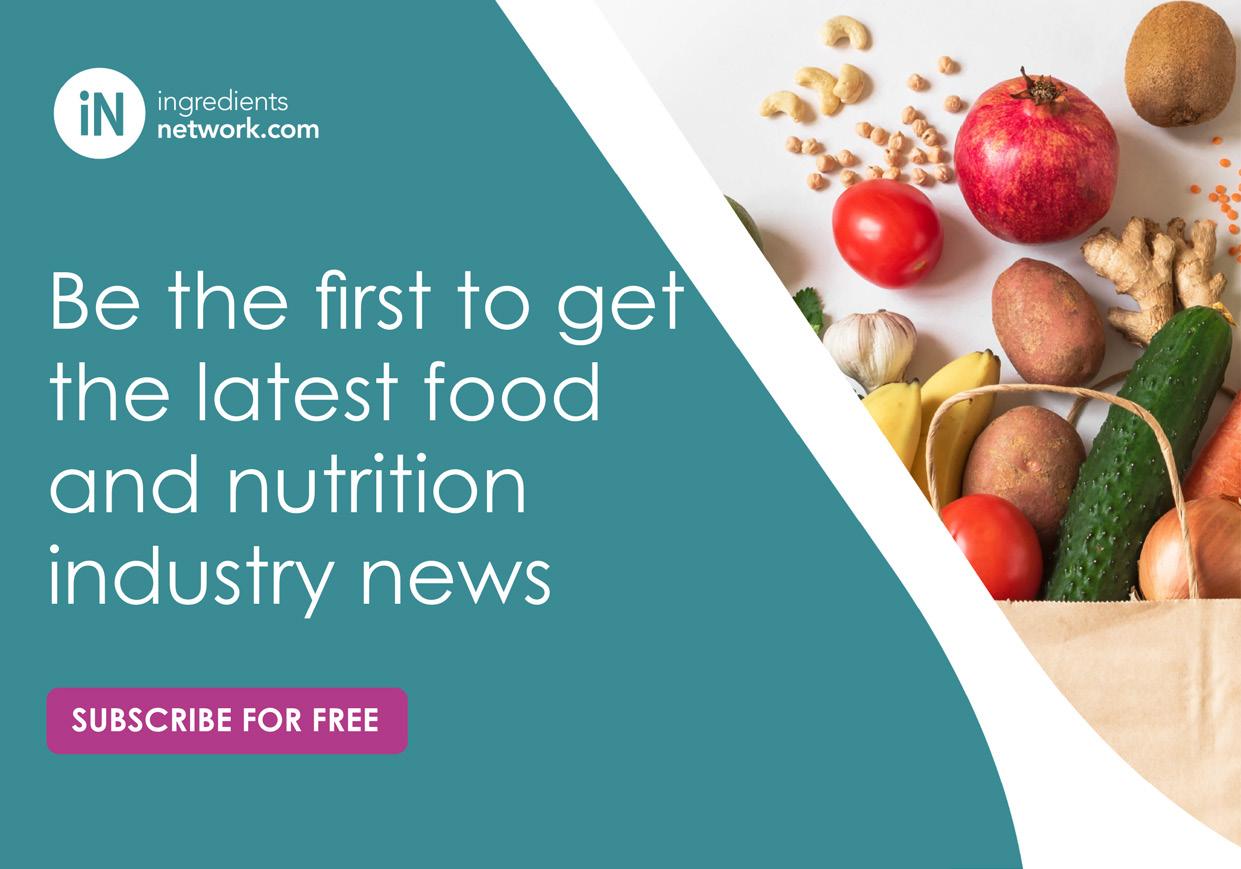
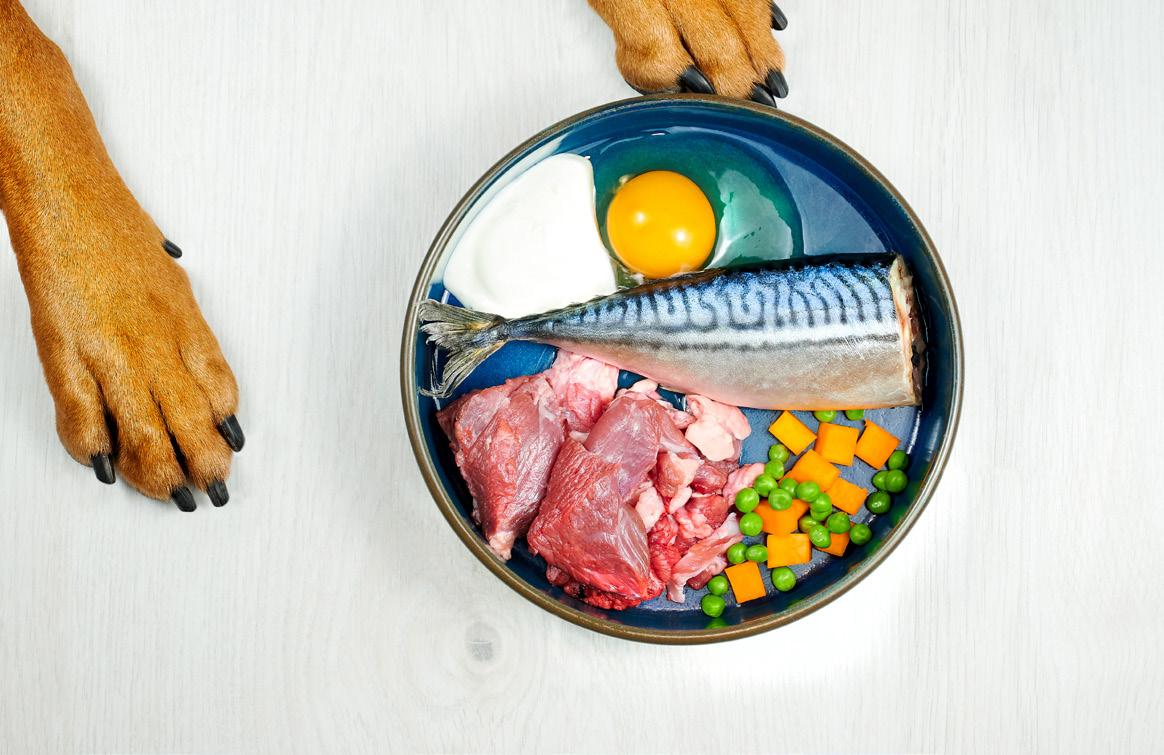
Environmental concerns, coupons and deals, and convenience are significant considerations when changing a pet’s food brand, according to Innova Market Insights.5 However, ingredients lists are the principal driver for switching foods.
“Globally, most pet owners consider their pets as family, and consumers are doing more research into what goes into their pets’ food,” explained Williams.
Dog owners, for example, think regularly switching food is beneficial for their pet’s health, with two-thirds having tried a new dog food brand in the past five years.
Cat owners tend to stay loyal to one brand but try product variations. They also highly value the quality of the ingredients above price and type of food. Research by Cargill has found that the most impactful on-pack ingredient claims are “natural” and “ingredient source”.6
The agrifood giant claimed that cats are “having a moment”, but cautioned that there is a “noticeable gap” between what is available on the market and what cat owners are looking for. This presents a considerable opportunity as cat ownership continues to grow (the pets fitting seamlessly into modern city life).
Animal protein is the ingredient most wanted by pet owners, according to Innova, and there has been a surge in interest in fish protein hydrolysate, for example, with blood plasma protein and chicken protein hydrolysate also proving popular in new pet food launches.
Increased fish consumption by humans means more fish waste, so diverting this to pet food has various benefits. As academics noted in a 2024 paper: “Fish hydrolysate and oil from the agri-food industry might constitute sustainable functional ingredients for dog feeding while adding value for wild fisheries, aquaculture, and fish farming under a circular economy approach and reducing dependence on imports from third countries with a high carbon footprint.”7
As for health claims on pet food, the major ones include “immune health”, “high/source of protein”, “skin health”, and “no additives/preservatives”.
“Prebiotic” is also popular, according to Innova’s analysis of global product launches between 2020 and 2024; and, as discussed earlier, “microbiome” is the fastestgrowing claim, with a 60% compound annual growth rate (CAGR) in the number of launches in that four-year period.8 Almost one-third of dog and cat owners have given their pet a nutritional supplement in the past year, for example.
Digestive health is the second-biggest concern and priority for dog and cat owners, with 34% selecting it in a survey conducted by Kerry.9 Innova data shows a 22% CAGR from 2019 to 2023 in pet food product launches with prebiotics or probiotics. Pet food with these claims also reportedly “buzzes online”, creating positive sentiment and larger reach among pet owners.
This trend presents both opportunities and challenges. Probiotics, for example, are well known as a digestive health solution for pets, explained Kerry senior marketing insights manager Sarah Miller, and there is also a growing body of scientific evidence suggesting that pet microbiomes are more like the human microbiome than was once thought, “which opens the door for brands to utilise human digestive health ingredients for pets”.
Research published this year on the impact of dietary fibre on the microorganisms living within dogs found benefits but also concluded that a one-size-fits-all approach to dietary fibre intake may not optimise gut health for every dog.10 For pet food manufacturers, there may be potential for formulating customised nutritional blends that cater to individual dog’s specific gut microbiomes, noted one report on the study.11
The humanisation of pet food continues apace, with brands like US-based Full Moon boasting of products for pets that “uphold the same high-quality standards people have for their own food”.12
Trends like premiumisation and humanisation have made pet owners more aware of the health and safety of their pets’ food in an attempt to keep their pets healthy and happy, according to a study in the Journal of Agricultural and Applied Economics.13
“Premiumisation refers to customers demanding more premium and super-premium products, while humanisation involves owners perceiving and treating pets as human family members,” the authors wrote.
The study examined 1,268 dry dog food products listed on US online pet food retailer Chewy to determine which health-focused attributes drive up price — and which do not. The researchers found that price premiums were associated with attributes related to digestion and allergy care, while pricing discounts were associated with immune support and dental attributes.
The pet food industry is supplying foods that have claims that sound a lot like what we see in specialty foods for humans, explained co-author Andrew Anderson, assistant professor of agricultural economics at the University of Arkansas and the Arkansas Agricultural Experiment Station.
“Pets have gone from being in the doghouse to being a member of the family, so when it comes to the diet of the pet, that’s a big way in which that bond manifests,” he added.
Using filters available with online shopping platforms, pet food buyers can make faster comparisons between products, identifying which product attributes they want at the price point desired and read customer reviews. However, consumers paying premiums expect proof to back up the claims.
In May, Hill’s Pet Nutrition, together with Harvard TH Chan School of Public Health researcher Dr Curtis Huttenhower, launched a web portal for the One Health Microbiome Resource (OHMR), providing the first centralised repository for studies of the pet gut microbiome, featuring over 2,000 samples spanning diverse demographics and clinical diagnoses.
“It’s all connected – our pets’ health, our health, and the world around us,” said Dave Baloga, executive VP of science and technology at Hill’s Pet Nutrition.
“The gut and skin microbiomes of pets and humans are surprisingly overlapping, and these tiny organisms play a huge role in everything from digestion and immunity to behaviour and energy levels. When these microbiomes are disturbed and lose their normal ecological balance, it can lead to all sorts of problems. This new research will give us the knowledge we need to help our pets live healthier, happier lives,” he added.

The pet food industry is a key enabler of circularity in the agrifood system. By valorising secondary resources from the food chain, manufacturers contribute to the efficient use of nutrients and reduce the environmental footprint of food production.
The upcycling of “waste” is also extending to new streams. US brand Shameless Pets, for example, takes misfit and surplus produce, eggshells, seafood, and so on, and incorporates them into healthy treats with functional health benefits.14 Ag-Alchemy, another US-based company, upcycles bakery products into dog treats with added probiotics – not only recovering food waste but supporting pets’ microbiomes.15
This innovation is backed by a robust EU legal framework that ensures safety, traceability, and consumer confidence. However, current regulatory barriers still prevent the full circular potential of feed and pet food from being realised, according to industry representatives.
Together with seven other stakeholder organisations, FEDIAF has developed a catalogue of proposed legislative measures aimed at unlocking feed circularity while maintaining the highest safety standards.16 These include re-evaluating restrictions that currently prevent access to certain safe, underutilised materials, including feedstock for rearing insects.
FEDIAF said implementing these proposals would bring multiple benefits, reducing land use pressure, decreasing reliance on imported feed materials, and lowering greenhouse gas emissions from livestock systems. It would also support the transition to a nutrient circular economy, strengthening EU food sovereignty, competitiveness, and farm system resilience.
Pet owners are increasingly seeking high-quality, nutritious foods modelled after their own dietary preferences, noted Cade Culver, chief growth and transformation officer at Alphia, a pet food comanufacturer for brands and retailers, in an interview.17
“This shift is driving the demand of premium pet food products that mimic human food trends such as organic, non-GMO, grain-free and minimally processed ingredients,” he said.
The same is true when it comes to processing: the level of processing in foods and the interest in clean labels mean pet owners are tuned into this when seeking the best products for their animal companions.
But those seeking a silver bullet will be disappointed. The Nova food classification system groups foods, beverages, and culinary ingredients into four categories based on how much processing they have undergone; however, no such system currently exists for pet food.
“For pets, we don’t have a formal system, but we should,” Dr Donna Raditic, a board-certified veterinary nutritionist and founder of Nutrition and Integrative Medicine Consultants, told Fi Global Insights “Something similar to the Nova system applied to pet food [would] help people understand what they’re feeding their pets.”18
She explained how most commercial dry foods use a processing technique known as extrusion, where ingredients – including some that may have already been processed, such as dry meat meals, grains, and fats – are mixed, cooked, extruded, heated again to remove moisture, then coated with flavourings obtain the final product.
This process has made pet food affordable and shelfstable, but some studies suggest it could also have adverse effects.
Raditic is convinced that these studies are only exposing the tip of a large iceberg of health issues, pointing to the recently discovered connections between ultraprocessed food (UPF) consumption in humans and the rise in a variety of chronic health issues.
Artificial intelligence (AI) is the technology expected to revolutionise many sectors, and pet food is no different. AI has already immersed itself in the pet industry across every pet segment, according to investment bank Cascadia Capital’s Pet Industry Overview 2024 report.19 This ranges from predictive health monitoring, virtual vet consultations, personalised nutrition plans, and smart feeding solutions, to training tools and interactive toys and entertainment.
There is also plenty going on behind the scenes: from the optimisation of supply chain management and the prediction of maintenance needs to automated and streamlined production lines, the opportunities seem endless. Ensuring quality control through advanced data analytics is unsurprisingly an area of interest for manufacturers currently being tested on transparency
and safety. Can AI minimise human error and reduce physical strain on factory workers, for example?
Companies are certainly betting big on AI. In October, for example, it was reported by Fortune that Mars Petcare could invest $1 billion during the following three years to hire 300 more tech workers and enhance its digital presence, and increase its use of AI.20 The target is to double online sales by the end of the decade.
Euromonitor International research shows that 43% of consumers consider AI to be a trustworthy source of information, while shopping platforms incorporating generative AI delivered benefits such as more relevant product recommendations (named by 27% of consumers), enhanced personalised assistance (25%), improved chatbot interactions (24%), more relevant deals or promotions (24%), and summarised consumer review insights (22%). 21
“Increased adoption also raised scepticism as consumers and regulators pointed to flaws in output,” the Euromonitor report read. “But people aren’t turning their backs on this tech, rather, evaluating the pros and cons.”
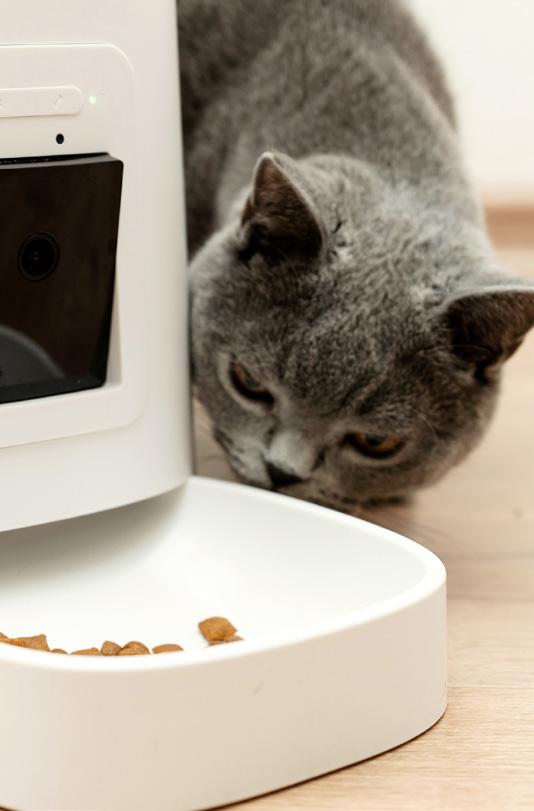

From upcycling food processing “waste” and reducing plastic packaging, to sourcing of regenerative ingredients and novel proteins, there is much to be excited about when it comes to sustainability trends across the pet food industry. Indeed, with many food and beverage companies involved in manufacturing food for dogs and cats in particular, their strategies and commitments must be aligned right across their portfolios.
“Many pet food companies are setting decarbonisation targets and recognising that ingredient procurement is a significant, if not the largest, source of emissions,” said Allison Reser, director of sustainability and innovation at the Pet Sustainability Coalition. “To meet these goals, companies must strategically source ingredients that produce fewer emissions or even contribute to soil regeneration and carbon sequestration.”22
Pets are thought to eat around 20% of the world’s meat and fish. This includes byproducts not fit for human consumption, but the carbon footprint of the products remains significant. Ingredients are the major source of emissions for pet food manufacturers, and livestock products have a particularly heavy footprint.
Mars, the owner of Pedigree, Whiskas, and James Wellbeloved, has made progress in reducing its total carbon emissions through “expanded climate-smart agriculture and deforestation-free supply chain efforts in our value chain alongside our rapid transition to renewable electricity”. The company’s latest sustainability report highlights how collaborations in Europe with suppliers including Cargill and ADM, and technical experts Biospheres, Horta, Agreena, and Soil Capital, are “engaging farmers in Poland, Hungary, and the UK with financial and practical support to adopt regenerative agriculture practices, including crop rotation, minimal tillage and cover cropping”.23
Regenerative farming of meat, grains, and other ingredients is expected to deliver considerable greenhouse gas emissions savings and help protect and restore nature, reduce chemical inputs and dramatically improve soil health. However, few consumers understand the link between what their pet eats and its environmental impact.
Mars is among the companies hoping to raise awareness about the role of regenerative farming in the pet food supply chain. Research this year from James Wellbeloved revealed that 79% of dog owners take as much care with what they serve up to their four-legged
friend as they do with their own meals – but many fail to realise that the journey of their dog’s food begins long before it reaches their bowl.24
“We know pet parents care deeply about their pets’ wellbeing, and we want to use this passion to help inspire more awareness and consideration for the essential role of soil,” said Melodie Nye, chief growth officer at Mars Pet Nutrition Europe.
Nestlé’s Purina, meanwhile, has committed to sourcing 50% of ingredients through regenerative farming by 2030. More than 450 farmers have joined schemes to support them in adopting regenerative agriculture practices such as diversified crop rotation, cover crops, and reduced tillage. The practices “help restore soil fertility, protect water quality, reduce soil erosion, sequestrate carbon, enhance biodiversity, and contribute to the wellbeing of farming communities. Additionally, regenerative agriculture projects should help the business to be more resilient in its sourcing of ingredients”, said Nestlé.
The attraction of regenerative products may be there given the potential environmental, health and social benefits, but it may well take time for consumers to buy into it en masse.
“There is no legal definition for regenerative so that leaves it out to the ‘Wild West’,” explained Angela Jackson, from the Regenerative Organic Alliance, in a webinar for BSM.25
The differences between regenerative and organic are also not well understood by consumers.
“The market is growing but needs some help in the use of those terms and what regenerative means to diffuse any consumer confusion,” Jackson added.
Certifications can provide a more rigorous framework and are seen as more trustworthy but putting guardrails around regenerative approaches is difficult.
Animal protein is the ingredient most wanted in pet food by owners, and it makes sense that as animal lovers, pet owners are increasingly concerned about farm animal welfare and are tuned in to the standards of the pet food they buy. Think beef that is not linked to deforestation, chicken reared to higher welfare standards, and fish certified by the Marine Stewardship Council, for example.
However, as Reser explained during a podcast on innovative proteins in the pet industry, “traceability and transparency can be challenging with animal proteins”.26
The problems with such proteins are no secret. Protein sourcing is estimated to account for more than 75% of the environmental impacts of the global pet industry, for example.27 This has prompted brands to look at regenerative approaches to livestock production, which can help to mitigate greenhouse gas emissions and reduce chemical inputs.
Still, demand for these proteins is outstripping supply, which will see novel proteins having to take market share, as well as plant-based options. For pets, NielsenIQ has tracked 1.8% year-over-year growth in products with plant-based protein and 7.8% CAGR over the past four years.28 These proteins now appear in 52% of pet foods on the market.
As pet owners continue to seek healthier and more sustainable options, including a growing interest in pet supplements, it is no longer just the product consumers are researching; it’s a brand’s ethical practice, how they are reviewed on social platforms and how circular their business operations are. This brings them to packaging, which continues to be a heavy focus despite the contents often having a larger environmental impact, at least in terms of greenhouse gas emissions.
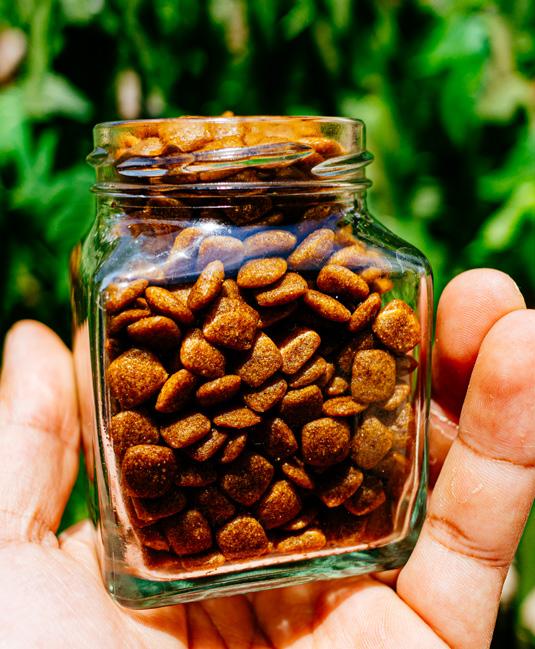
According to Johnsons Pet Care, for example, six in 10 pet owners view pet product packaging materials as important, and more than half (52%) are actively reducing their use of plastics.29 A study carried out by packaging company Amcor, meanwhile, showed that onpack recyclability claims resonate with consumers the most; coming in second and third were “less plastic” and “less packaging” claims, and just 15% of respondents said they are not impacted at all by sustainability messaging.30
“The insights from the research illustrate how influential packaging is for pet food brands,” said Madalina Mitru, marketing manager at Amcor. “Simply put, it directly drives purchasing decisions.”
Other experts have noted a rise in recyclable materials, compostable packaging, and biodegradable plastics, as well as detailed labelling keeping owners informed of a product’s nutritional value. Reusable and refillable packaging has attracted a lot of attention but investment in trials appears to have waned. Regulations relating to extended producer responsibility and targets on inclusion of recycled content could stimulate another wave of investment and innovation into pet food packaging.
While people are increasingly searching for sustainable packaging for their pets, they “can’t really get it”, explained Reser during an Fi Europe webinar on the future of pet food. This remains a missed opportunity for brands, so long as the claims are not misleading – which can frustrate a consumer base that is increasingly more knowledgeable about packaging.31
Making green claims about pet foods, packaging, and services has become a minefield as regulators more closely police what is being written, said, and communicated. According to FEDIAF, there is strong industry consensus around the need for shared standards and metrics for sustainability claims. The updated Product Environmental Footprint Category Rules (PEFCR) for pet food have been endorsed but not yet recognised in relevant EU legislation, which is subject to shifting sands currently.
“Without such recognition, there is a risk of fragmented or inconsistent approaches that undermine transparency, comparability, and consumer trust,” said Garbelotto.

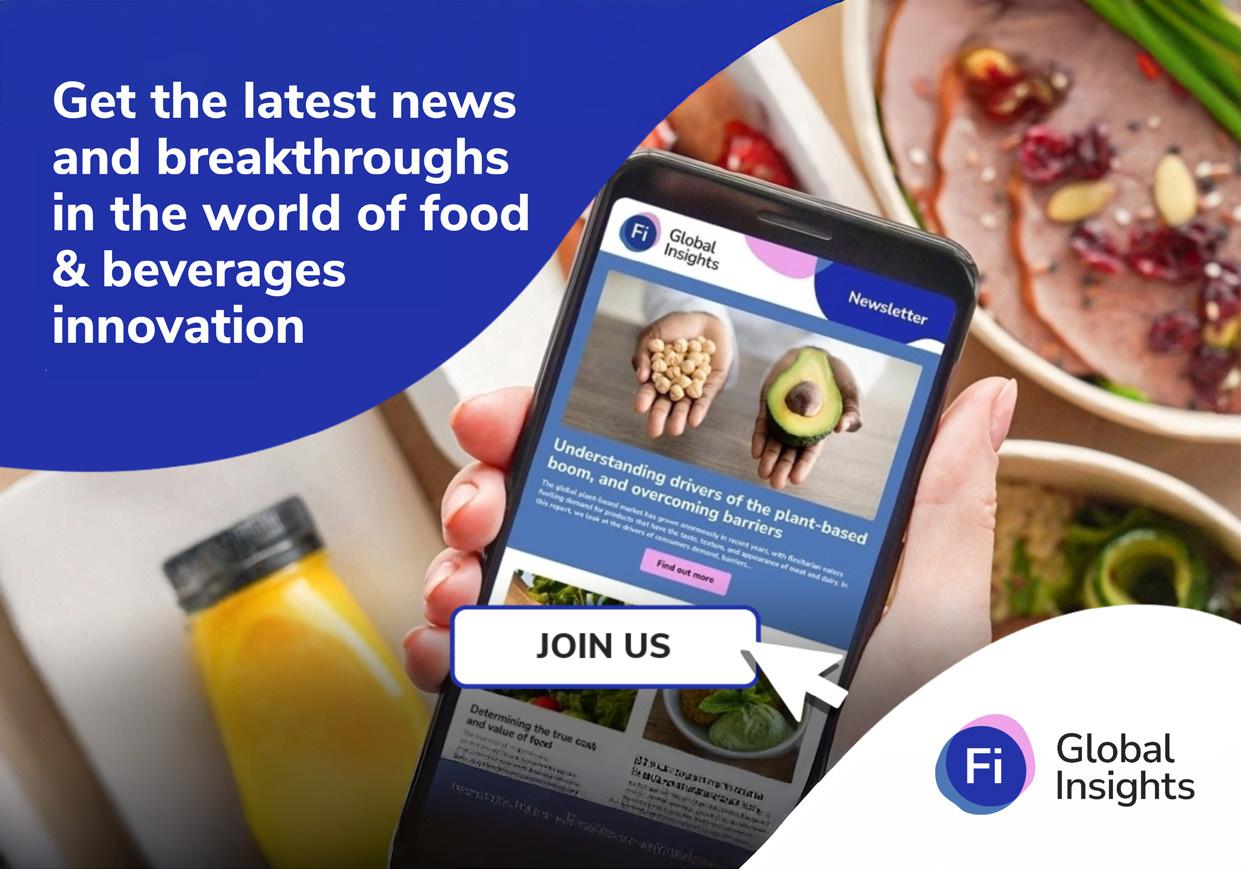
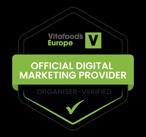




The deepening bond between humans and their pets is fuelling the global pet food market, which is expected to grow from $132.92 billion in 2025 to $193.65 billion by 2032, according to Fortune Business Insights.32
However, this boom brings with it an avalanche of complexity, especially when it comes to labelling regulations, according to Esko, a packaging solutions company. Indeed, from state-by-state policies in the US to European mandates on organic claims, pet food manufacturers are under significant pressure to keep up.
“Every market, every product line, every change in ingredients is likely to trigger a new round of packaging updates. Compliance missteps can lead to costly reprints, market delays, or even product recalls,” Esko warned.33
In the US, the Pet Food Uniform Regulatory Reform Act of 2025 is causing concern. The so-called Purr Act of 2025 would give the US Food and Drug Administration (FDA) sole authority over pet food labelling and ingredient approval, replacing the current state-by-state system.
Supporters, including the Pet Food Institute, which describes itself as “the voice of US pet food makers”, believe it will help protect consumers and their pets as the regulatory framework would mirror that for human food.34 However, the Association of American Feed Control Officials (AAFCO), an independent organisation that guides state, federal, and international feed regulators with ingredient definitions and labelling laboratory standards, has claimed the changes could “negatively affect consumer protection, reduce transparency in pet food labelling, and jeopardise the safety of pet food products”.35
The introduction of novel proteins into pet food is also proving a challenge for regulators and consumers alike. Labels are a crucial component in helping pet owners understand what they are buying and the benefits of the product for their pets. Accuracy and transparency in a pet food label is important to 88% of consumers, with those in the US feeling particularly strongly about this, according to research by PETS International and Yummypets that included owners in Canada, France, and the UK too.36
For pet owners, nutritional analysis is the priority for labels, mentioned by 63% of respondents, closely followed by detailed ingredient sourcing at 59% –although this is less relevant for UK consumers (48%). Information about product recalls and safety are also considered important (39%), particularly for US pet owners (48%).
Again, there is a role here for AI. Food and beverage brands are starting to communicate how they are using AI to improve product safety, create new products, increase wellness, and be more sustainable.
Pet food manufacturing requires stringent adherence to safety, quality, and operational standards, but ensuring these are followed across different languages and regions has historically been very tricky, noted Yannick Haeck, VP of product at Poka Inc, which provides connected worker platforms for manufacturers.
“Many of our customers in the industry, like Purina and Royal Canin, are using AI to establish and enforce consistent standards across their global teams,” he told Petfood Industry magazine in December 2024.37

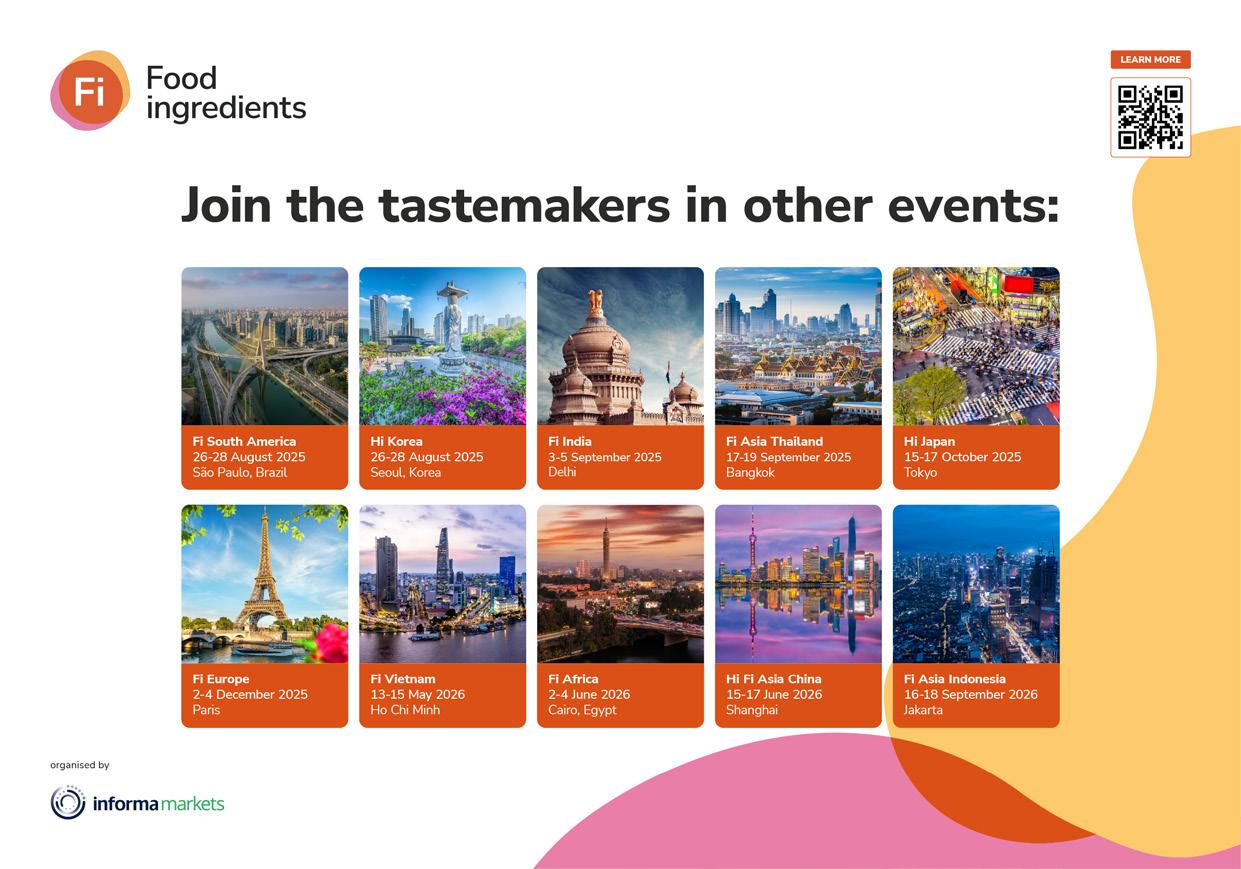

So, what does this mean for the future pet food market?
“While the percentage of households adding pets has receded somewhat from its 2020 peak, growth in new households among those most likely to spend more on pets, combined with increased spending on areas such as veterinary care, should compensate for the drop in ownership,” explained Simeon Gutman, a Morgan Stanley retail analyst.
Spending growth in the US pet industry could reach 7% annually by 2030, which follows below-average growth of 2.5% projected in 2024 and 3.9% in 2025.
“That’s a whisker below the previous Morgan Stanley survey of pet owners in 2022, but still outpaces nearly all retail subsegments and is one of the largest rates of return of any retail sector,” he said.
Indeed, there is plenty to be excited about, with innovation in novel proteins and AI presenting opportunities to cut costs and enhance sustainability credentials.
From brewed protein to crickets, from black soldier fly to invasive species, the pet industry is certainly at the vanguard of innovation in food systems. Animal-based protein is the ingredient pet owners home in on so there is a considerable communications challenge ahead if consumers are to be convinced to change.
“In our bubble you’d assume everyone knows about insect ingredients in pet food, but if you ask your average consumer on the street they might not know anything about it,” said Sean Madison, director of global pet food at biotech company and insect producer Innovafeed.
A survey Madison worked on with pet food nutrition company ADM was eye-opening, he said, with consumers for example expecting to see whole maggots when they opened their pet food up. The industry “needs to meet consumers where they are” on novel proteins, Madison explained. Research by Innovafeed showed that giving pet owners seven different facts on insect protein resulted in a 42% increase in their likelihood to purchase products with insect proteins.38
Companies like Nestlé, meanwhile, are revamping their global R&D capabilities. In May, the Purina owner announced new investments targeting biotechnology, clinical research, and deep tech aimed at driving innovation in both human and pet nutrition. Sciencebased solutions will also be leveraged for Nestlé’s pet care business, including pet therapeutics, while a new centre for deep tech will screen, test and develop new generations of sensors, robots, coding systems, high-performing AI and virtual/mixed reality solutions to increase efficiency in research, innovation, and operations.
As discussed, there is plenty of excitement around AI and its role throughout the pet supply chain – from ingredient producers to pets.
In April, PawCo Foods – which claims to be the first plant-based dog food brand using AI technology to improve the nutrition and palatability of its products – announced a strategic partnership with Harvard Data Analytics Group (HDAG), a non-profit student organisation at Harvard College. The collaboration is hoped to accelerate the development of PawCo’s new product line, fully generated by its existing AI platform and verified by board-certified animal nutritionists, to deliver the healthiest pet food in the industry.39
PawCo’s proprietary AI systems analyse complex nutritional datasets. Its AI-based technology plays a vital role in its R&D process, helping the company to optimise its recipes for nutritional completeness, taste, digestibility, and ingredient quality. Leveraging its datadriven methodology, PawCo developed 11 nutritional formulations in two years – a feat it said typically takes traditional pet food companies 10 years to achieve.
The company clearly has hopes of what the technology can bring to the bowl: it wants to “end the dominance of unhealthy options from established players”.
When it comes to new ingredients, it is impossible to ignore the potential of cultured proteins – and this year, UK dogs became Europe’s guinea pigs, after treats made with cultured chicken arrived on the market for a limited run at Pets at Home stores.
Meatly Chicken uses a single sample of cells taken from one chicken egg. These are provided with “all the vitamins, minerals, and amino acids the cells need to grow big and strong, until they become delicious meat”, according to the company’s website.40
It added: “We nurture these cells in a container that controls things like temperature and acidity, just the same as making yoghurt or beer.” The meat is then combined with plant-based ingredients into a treat for dogs, made by vegan pet food startup The Pack.
Pet food perhaps offers perhaps a safe, sustainable option for the eco-conscious consumers who cannot quite bring themselves to eat cultured meat (not that any is yet approved in Europe for human consumption yet).
“Younger folks are having fewer kids. Instead, they are having pets. And they are spending on their furry friends big time,” wrote Sonalie Figueiras, who runs the Green Queen website, which tracks the alternative protein market closely. “We have been seeing some wins in this sector, especially with cultivated meat pet food [from Meatly] and I predict more to come.”41
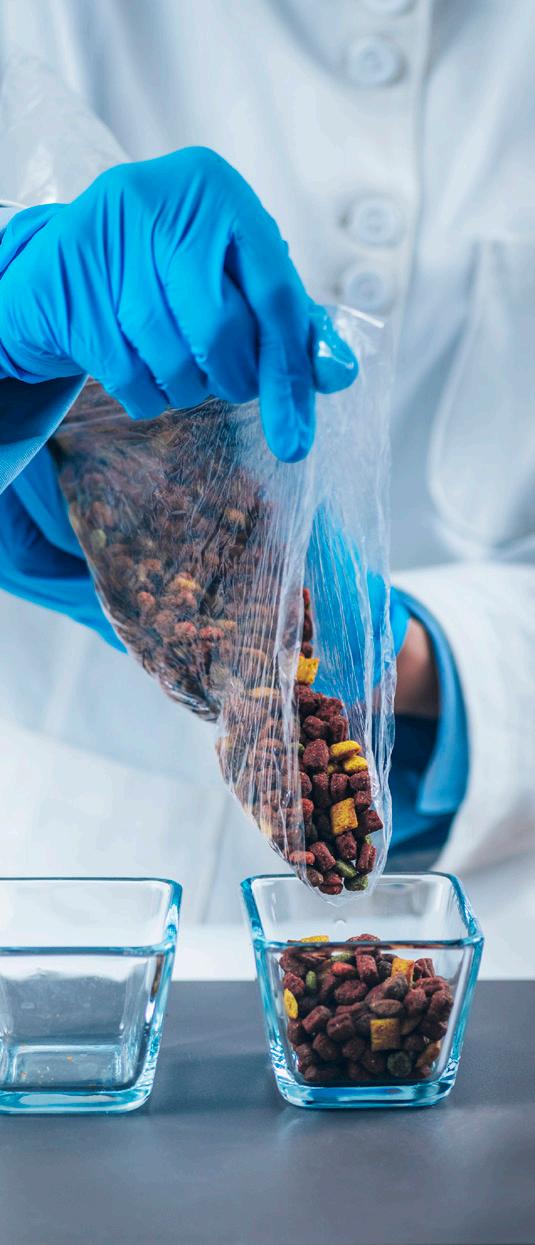

Fi Europe is the leading global event for food ingredients and F&B innovation, attracting a high-quality audience of professionals involved in procurement, R&D, product development, innovation, and marketing.
The 30th edition of the event will take place in Paris Expo Porte de Versailles, from 2 to 4 December 2025.
Of the 23,221 visitors in 2024, more than 10% (2,574) had an interest in pet food. The event increasingly attracts high numbers of pet food manufacturers, large and small, as well as food and beverage businesses that develop pet food products for the European market.
As many as 1,500 exhibitors are expected to be on show in Paris this December, one in three of whom is a key supplier serving the pet food industry. The Pet Food Suppliers Hub offers a forward-looking platform for manufacturers and those venturing into this exciting and expanding category.
There will cutting-edge technologies on show – from novel packaging formats and filling technologies to new protein sources and sustainable sourcing options.
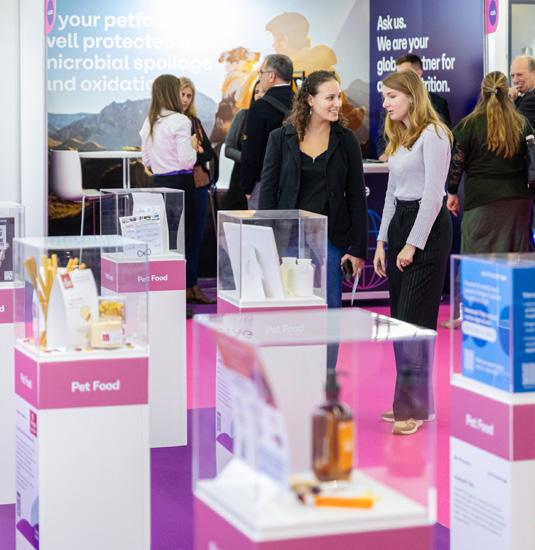
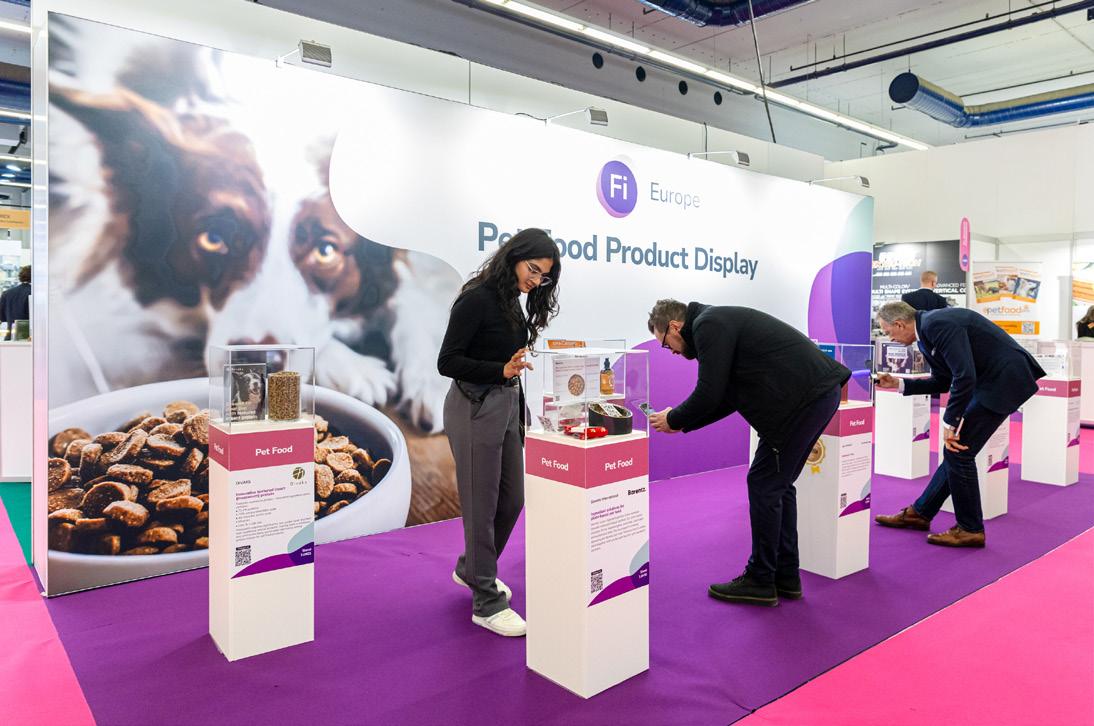
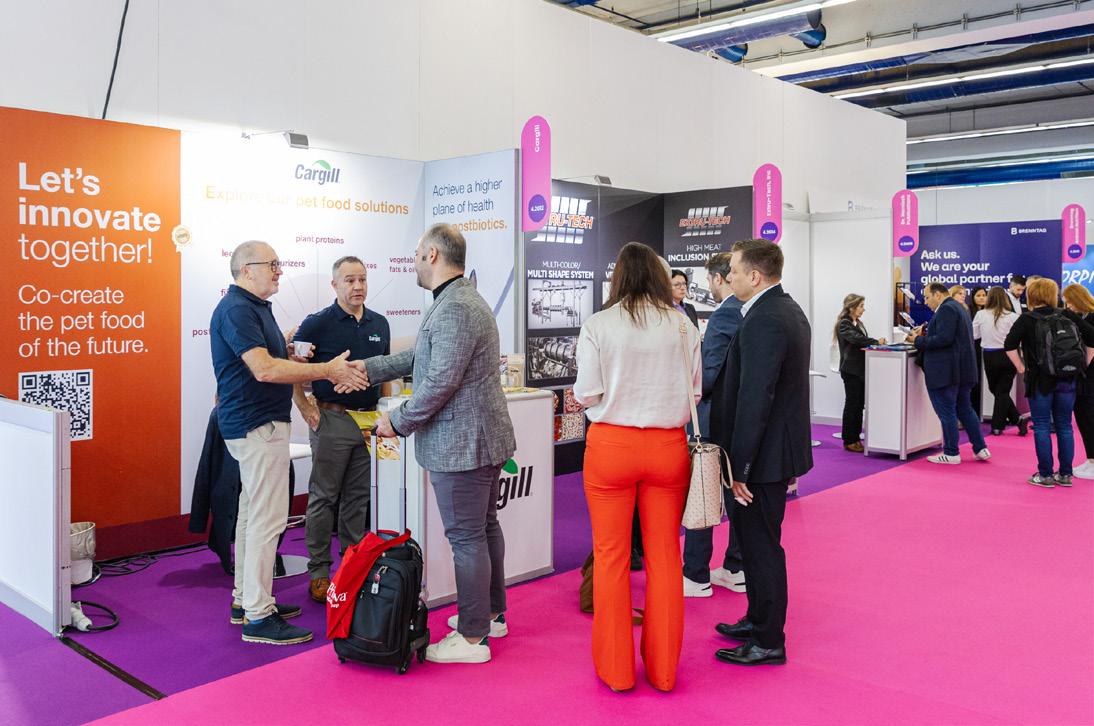
Pet food now goes beyond nutrition. Pets are integral members of the family, so owners are looking for food to boost their overall health and wellbeing.
Tough times call for transparency. Consumers today want to know as much about what they are feeding their cats and dogs as they do about the groceries they buy for themselves. Brands must tread carefully as they deal with misinformation spread online.
Pet food products are set to become more precise. As many as 65% of cat owners have at least one concern about their pet’s health –from joint health and lack of appetite to weight and digestive health. This is an opportunity for manufacturers to develop condition-specific food.
Consumers want value, quality, and sustainability. Pet food brands could previously focus on one trend – for example, sustainability or health. Increasingly, consumers are looking for more, such as foods that use upcycled products, have digestive benefits, or come in recycle packaging.
Packaging with purpose remains a priority. Low recycling rates and consumer confusion present a significant opportunity for brands to meet demand and build loyalty.
Novel ideas have legs. Interest and investment in alternative proteins continues. Insects have attracted a lot of attention, while cultured meats had a breakthrough this year in the UK. There is more to come – especially if the environmental benefits stand up and the economics work when the solutions are scaled.
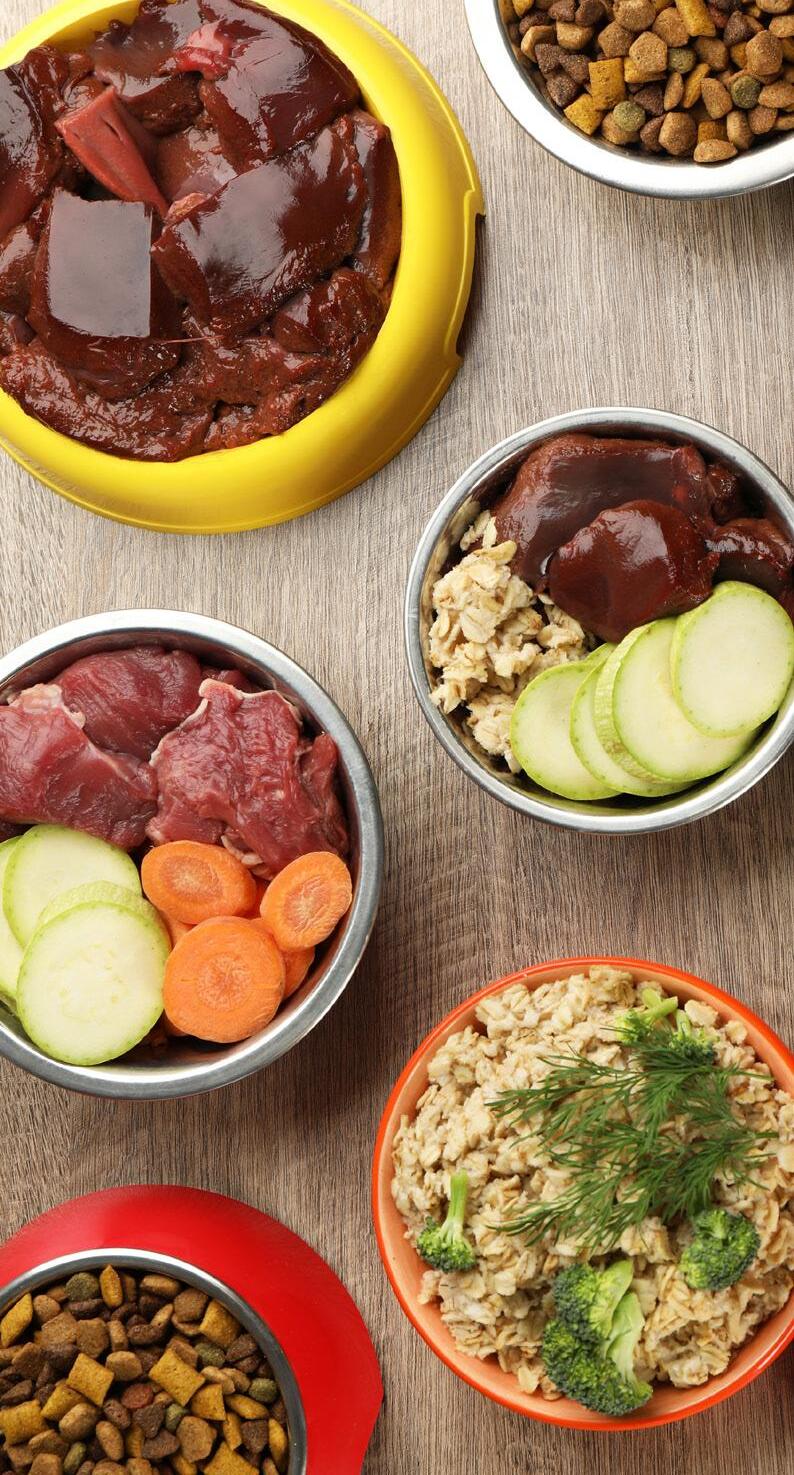

1. www.innovamarketinsights.com/trends/pet-health-market-trends/
2. www.ingredientsnetwork.com/what-are-the-latest-global-pet-food-trendsnews126897.html
3. www.innovamarketinsights.com/trends/global-pet-food-trends/
4. www.innovamarketinsights.com/trends/global-dog-owners-trends/
5. www.innovamarketinsights.com/trends/global-dog-owners-trends/
6. www.cargill.com/2024/pet-owners-say-their-cats-health-is-top-of-mind
7. www.frontiersin.org/journals/veterinary-science/articles/10.3389/ fvets.2024.1372023/full
8. www.innovamarketinsights.com/trends/dog-food-industry-trends/
9. www.petfoodindustry.com/15674089
10. https://journals.asm.org/doi/pdf/10.1128/msystems.00452-24
11.www.petfoodindustry.com/nutrition/research-notes/article/15712189/dog-microbiome-boosted-by-higher-dietary-fiber
12. www.fullmoonpet.com
13. www.cambridge.org/core/journals/journal-of-agricultural-and-applied-economics/article/assessing-the-implicit-prices-of-health-and-wellness-product-attributes-in-pet-food-a-hedonic-analysis-approach/04D8EA0FA29E2C93B3B17CDA8D95419B
14. https://shamelesspets.com/
15. https://ag-alchemy.com/
16. https://europeanpetfood.org/wp-content/uploads/2025/05/Circularity-Catalogue_version1.0.pdf
17. www.petfoodindustry.com/pet-food-market/market-trends-and-reports/article/15678836/3-future-trends-in-pet-food-manufacturing
18. https://insights.figlobal.com/ultra-processed-foods/should-pet-owners-be-concerned-about-ultra-processed-pet-food-
19. Cascadia Capital. Pet Industry Overview 2024.
20. https://fortune.com/2024/09/18/mars-tech-spending-pet-care-cat-dog-food-division/
21. www.petfoodindustry.com/top-pet-food-companies/company/mars-petcare-inc
22. www.euromonitor.com/newsroom/press-releases/june-2025/generative-ai-use-is-skyrocketing-but-consumers-demand-human-touch
23. www.mypawco.com/why-responsible-sourcing-in-dog-food-matters/
24. https://www.mars.com/sustainability-plan/sustainability-report-progress
25. www.globenewswire.com/news-release/2025/04/04/3055885/0/en/Eight-in-tendog-lovers-take-as-much-care-over-choosing-their-pet-s-dinner-as-they-dowith-their-own-meals-new-research-has-revealed.html
26. https://bsmpartners.net/barking-mad-podcast/the-beautiful-story-of-regenerative-agriculture-does-the-future-of-pet-food-start-with-soil
27. www.petfoodindustry.com/trending-pet-food-podcast/podcast/15742846/episode-84-where-are-we-at-with-sustainability-in-the-pet-space
28. https://europeanpetfood.org/pet-food-facts/fact-sheets/environment-and-sustainability/sourcing-ingredients-sustainably-protein-sources-used-in-pet-food/
29. https://nielseniq.com/global/en/industries/consumer-packaged-goods/pet/
30. www.smurfitkappa.com/uk/newsroom/blog/pet-product-packaging-trends
31. www.amcor.com/insights/educational-resources/pet-packaging-study-amcor
32. https://event.on24.com/wcc/r/4956706/FF666D4402E6604C3C5671D1D04AEAAC?partnerref=Allison https://www.fortunebusinessinsights.com/industry-reports/pet-food-market-100554
33. www.linkedin.com/company/eskobrandsolutions/about/
34. www.petfoodindustry.com/safety-quality/pet-food-regulations/news/15712871/ purr-act-reintroduced-into-congress
35. www.aafco.org/news/purr-act-of-2025-raises-red-flags-with-aafco/
36. https://globalpetindustry.com/article/survey-reveals-consumers-have-issueswith-how-pet-food-is-described/
37. www.petfoodindustry-digital.com/petfoodindustry/library/page/december_2024/21/
38. https://innovafeed.com/en/innovafeed-introduces-new-powered-by-hilucialabel-through-co-branding-partnerships-with-jiminys-arch-insect-based-petfood-leaders/
39. www.ingredientsnetwork.com/dog-food-startup-teams-up-with-harvard-tonews127089.html
40. https://wickedleeks.riverford.co.uk/news/plant-based-pet-food-how-cultivatedmeat-is-taking-on-the-kibble-cartels/
41. https://wickedleeks.riverford.co.uk/news/plant-based-pet-food-how-cultivatedmeat-is-taking-on-the-kibble-cartels/


